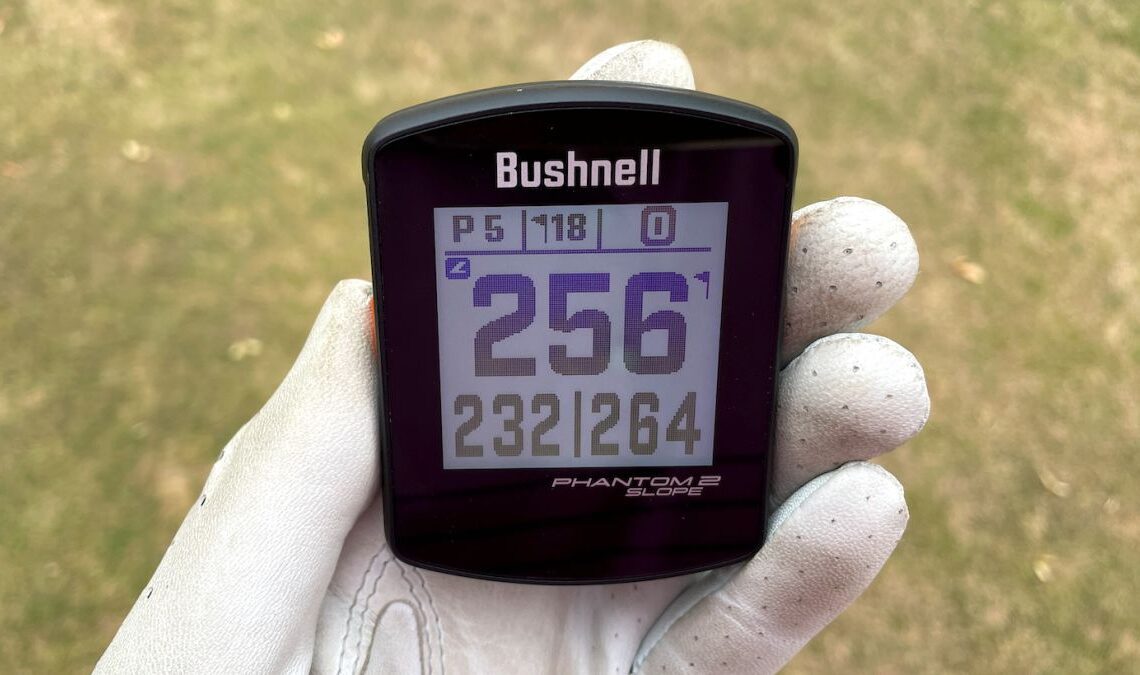Bushnell Phantom 2 Slope GPS Review
If you’re playing a hilly course and relying on a GPS device, the number you see on the screen often bares very little resemblance to the actual distance based on the change in elevation you’re faced with. It could quite easily be the difference between hitting the wrong club or the right one, which is incredibly frustrating when you make a good swing only to find the bunker short of the green. But the new Bushnell Phantom 2 Slope is one of very few golf GPS units that is able to compensate for these changes in gradient and provide more accurate yardages, which should provide that extra peace of mind that allows you to swing with total confidence.
(Image credit: Future)
Compared to the original Phantom 2 GPS, the basic functionality remains the same. It still provides moveable pin position for more specific flag distances, lay-up and hazard information as well as the ability to keep score. The big difference being when the Slope feature is enabled, a small icon appears in the top left of the screen. This is important as slope-adjusted distances are not legal for competition play, so if you are teeing it up in the medal make sure you disable the Slope mode, which is easily done via the settings.
In terms of accuracy, it stacked up well against the Motocaddy M5 GPS electric trolley we were using alongside it and distances measured using our Bushnell Tour V5 Shift laser rangefinder to pins that looked like they were central on the green were highly comparable, only differing by less than a handful of yards at most every time.
(Image credit: Future)
The simplicity of this device versus a laser rangefinder is what sets the Phantom 2 Slope apart. Turn it on when you arrive and it takes around 10 seconds or so to detect your course and the distances to the front, middle and back of the first green appear straight away. You can easily switch holes using the top and bottom buttons on the left hand side and while the screen graphic are basic and fairly archaic, they’re easy to read…
..
Click Here to Read the Full Original Article at Golf Monthly RSS Feed…
